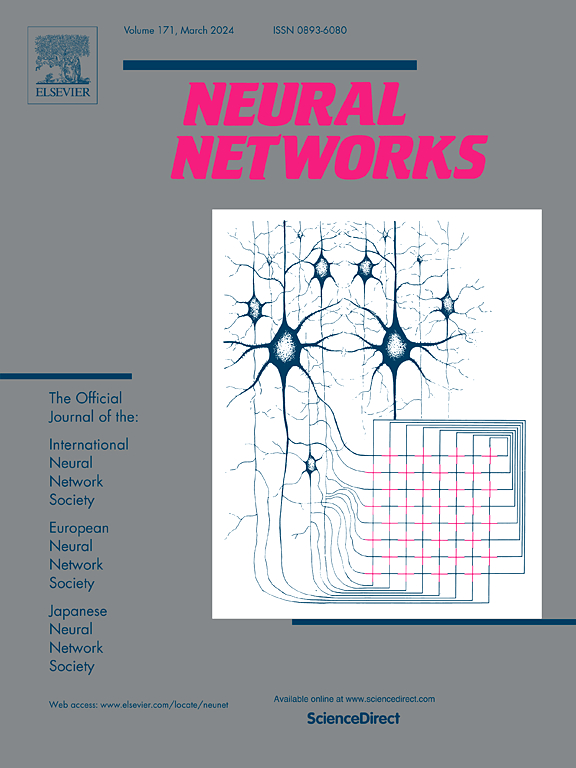EMBANet: A flexible efficient multi-branch attention network
IF 6
1区 计算机科学
Q1 COMPUTER SCIENCE, ARTIFICIAL INTELLIGENCE
引用次数: 0
Abstract
Recent advances in the design of convolutional neural networks have shown that performance can be enhanced by improving the ability to represent multi-scale features. However, most existing methods either focus on designing more sophisticated attention modules, which leads to higher computational costs, or fail to effectively establish long-range channel dependencies, or neglect the extraction and utilization of structural information. This work introduces a novel module, the Multi-Branch Concatenation (MBC), designed to process input tensors and extract multi-scale feature maps. The MBC module introduces new degrees of freedom (DoF) in the design of attention networks by allowing for flexible adjustments to the types of transformation operators and the number of branches. This study considers two key transformation operators: multiplexing and splitting, both of which facilitate a more granular representation of multi-scale features and enhance the receptive field range. By integrating the MBC with an attention module, a Multi-Branch Attention (MBA) module is developed to capture channel-wise interactions within feature maps, thereby establishing long-range channel dependencies. Replacing the 3x3 convolutions in the bottleneck blocks of ResNet with the proposed MBA yields a new block, the Efficient Multi-Branch Attention (EMBA), which can be seamlessly integrated into state-of-the-art backbone CNN models. Furthermore, a new backbone network, named EMBANet, is constructed by stacking EMBA blocks. The proposed EMBANet has been thoroughly evaluated across various computer vision tasks, including classification, detection, and segmentation, consistently demonstrating superior performance compared to popular backbones.
求助全文
约1分钟内获得全文
求助全文
来源期刊

Neural Networks
工程技术-计算机:人工智能
CiteScore
13.90
自引率
7.70%
发文量
425
审稿时长
67 days
期刊介绍:
Neural Networks is a platform that aims to foster an international community of scholars and practitioners interested in neural networks, deep learning, and other approaches to artificial intelligence and machine learning. Our journal invites submissions covering various aspects of neural networks research, from computational neuroscience and cognitive modeling to mathematical analyses and engineering applications. By providing a forum for interdisciplinary discussions between biology and technology, we aim to encourage the development of biologically-inspired artificial intelligence.
 求助内容:
求助内容: 应助结果提醒方式:
应助结果提醒方式:


